Opportunities and challenges for Vietnam before the Net Zero 2050 commitment
The discussion "Green growth and carbon market - Where do businesses start?" recently took place on Dan Tri newspaper , with the participation of Dr. Le Hai Hung, Director of the Institute for Research and Application of Technology (IRAT), member of the Science and Technology Board - Vietnam Lighting Association. He shared knowledge about greenhouse gases (GHG), the impact of GHG on socio-economic life, inventory methods and carbon markets.
Dr. Hung said that when he researched the Development Quality Index, measured in tons of GHGs per 1,000 USD of GDP per capita, he found that Vietnam ranked 6th in the region with emissions of 1.2 tons of GHGs per 1,000 USD of GDP per capita. "Vietnam has many issues that need to be addressed to fulfill its Net Zero commitment by 2050," Dr. Hung said.
The main causes of the greenhouse effect are burning fossil fuels that emit CO2, deforestation that destroys CO2 absorption sinks, and agricultural and livestock activities that emit CH4 and N2O (global warming coefficients are 28 and 280 times higher than CO2, respectively).
At COP21, countries pledged to keep global temperatures from rising more than 1.5⁰C by the end of the 21st century, but with the current increase of 1.48⁰C, the target of only 0.2⁰C is unlikely, leading to a new agreement of no more than 2⁰C.
The main consequences of GHGs are climate change, causing ice melting, rising sea levels, forest fires, floods, droughts, saltwater intrusion, affecting coastal countries and economies dependent on agriculture like Vietnam.
Solutions to limit GHG emissions include shifting energy to renewables, using energy efficiently, developing organic agriculture, planting forests, and capturing carbon from CCS. Vietnam has issued Decision 232, which includes a trial run of a carbon trading platform from June 2025 to 2028, with an official launch in 2029.
At COP26, the Prime Minister pledged to reduce dependence on coal power, increase renewable energy, and achieve Net Zero by 2050. Decision 01 (1/2022) and Decision 13 (8/2024) require 2,166 enterprises consuming 1,000 tons of oil equivalent or emitting 3,000 tons of GHGs to inventory and submit reports before March 31, 2025.
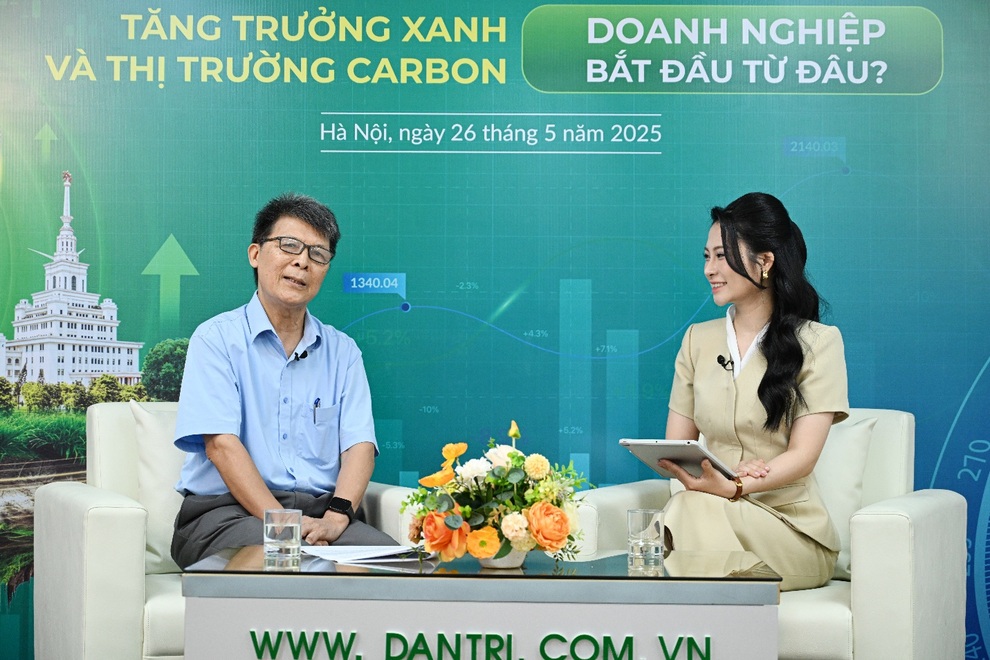
Dr. Le Hai Hung, Director of the Institute of Research and Application of Technology (IRAT), member of the Science and Technology Committee - Vietnam Lighting Association at the seminar (Photo: Manh Quan).
According to Dr. Hung, with the EU applying the Cross-Border Carbon Adjustment Mechanism (CBAM) to impose carbon taxes on imported goods into this market based on the intensity of GHG emissions in the production process in the host country from 2025, Vietnam - a country that grows thanks to exports and exports many products with high emissions - will "not be able to stay out of the game".
The Director of IRAT also emphasized that Net Zero 2050 is an opportunity for Vietnam to raise awareness and determination to act, but also a challenge due to increasing energy demand from industrialization, high fossil fuel ratio, rice-based agriculture with high GHG emissions, and legal gaps in inventory, training, and carbon credit trading.
“Participating in the carbon market is not only a responsibility but also a great opportunity. If not prepared early, Vietnamese enterprises may lose the opportunity to export to markets applying the cross-border carbon adjustment mechanism (CBAM), such as the EU, or be excluded from the international supply chain.
Currently, consumers tend to choose clean products, products with low greenhouse gas emissions. Perhaps in the near future, Vietnam will also have solutions and barriers like CBAM. That is also an opportunity for businesses, proving the superiority of the product," Dr. Hung shared.
Greenhouse Gas Inventory: An Essential Action for Vietnamese Businesses
GHG inventory is a new activity in Vietnam, but is becoming increasingly important in the context of climate change and sustainable development requirements.
For businesses that do not have a professional inventory tool, starting by recording major emission sources such as electricity, coal, and gasoline is a feasible step. Based on the emission factor, businesses can estimate the amount of emissions and develop a reduction plan.
The Vietnamese government has taken many steps to support businesses, such as issuing Decision 2626 on emission coefficients, along with guiding documents from the Ministry of Industry and Trade, the Ministry of Construction, the Ministry of Agriculture and Rural Development, and the Ministry of Transport (formerly). In addition, international organizations and programs such as "For a Green Future" have also contributed to improving businesses' inventory capacity. These are opportunities for businesses to access necessary resources and knowledge.
To reduce emissions, businesses need to apply solutions such as saving energy, using renewable energy (solar power, wind power), implementing circular economic models to optimize resources. At the same time, training staff on GHG inventory and participating in green projects are ways to improve internal capacity.
Although the carbon credit market in Vietnam is new, expected to be trial operated from June 2025 and officially launched in 2029, it can learn from leading countries such as South Korea and Singapore.
South Korea has achieved carbon credit trading accounting for 79% of its total national emissions, with a value of about 2 billion USD. Singapore, since 2019, has priced 1 carbon credit at 5 SGD, expected to increase to 60-80 SGD in the future. These experiences are valuable lessons for Vietnam in building a carbon market.
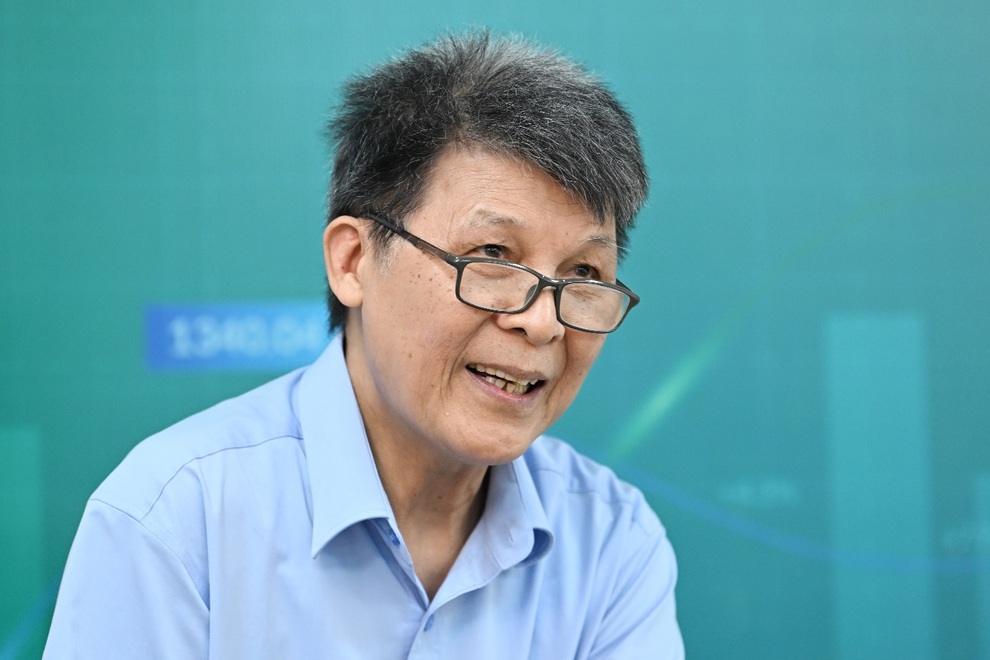
Dr. Hung emphasized that all businesses cannot stay out of the trend of reducing GHG emissions, and the first thing to do is to conduct a GHG inventory in their production and business activities (Photo: Manh Quan).
According to Decision 13/2024, more than 2,100 enterprises are currently required to conduct GHG inventories, but even enterprises outside this list should do so to meet export requirements or serve the domestic "green" consumption trend.
The cost of inventory depends on the size of the business, but for businesses emitting several thousand tons of carbon, the estimated cost is about 50-70 million VND every 2 years, which according to Dr. Hung, is "a reasonable investment level".
However, from the perspective of the Director of IRAT, the biggest difficulty for businesses today is the lack of a clear legal framework for greenhouse gas inventory activities, from training processes to recognition of results. Therefore, Dr. Hung hopes that the Government will soon complete these regulations to ensure the transparency and value of carbon credits when participating in the market.
"Greenhouse gas inventories are not too complicated if businesses take advantage of guidance from ministries, documents such as Decision 2626, or participate in training courses. With support from experts and environmental protection funds, businesses can reduce costs and optimize efficiency.
In the future, carbon barriers similar to CBAM may appear in Vietnam, promoting low-emission products. Therefore, inventorying and reducing emissions is not only a responsibility but also a strategy for Vietnamese enterprises to affirm their position in a green and sustainable economy," Dr. Hung affirmed.
The Green Future Fund, established by Vingroup on July 7, 2023, has the mission of contributing to the Government's goal of reducing net emissions to "0" by 2050.
The Fund promotes green journeys in daily life, raises public awareness and calls on each individual to take action today to protect the environment for future generations through large-scale community activities, such as the "Green Wednesday" campaign with a series of incentive programs from member companies and affiliates of Vingroup for millions of customers to encourage green lifestyles, the Green Summer Campaign 2024 with the participation of more than 30 schools, institutes and 7,000 young volunteers, the "Green Voice" and "Send a Green Future 2050" contests for students from primary to high school attracting nearly 23,000 candidates, spreading to hundreds of schools in 61 provinces and cities across the country.
Source: https://dantri.com.vn/kinh-doanh/tham-gia-thi-truong-carbon-khong-chi-la-trach-nhiem-ma-con-mang-lai-co-hoi-lon-20250527152500681.htm



![[Photo] Vietnamese and Hungarian leaders attend the opening of the exhibition by photographer Bozoky Dezso](https://vphoto.vietnam.vn/thumb/1200x675/vietnam/resource/IMAGE/2025/5/29/94d8ceca5db14af3bf31285551ae4bb3)
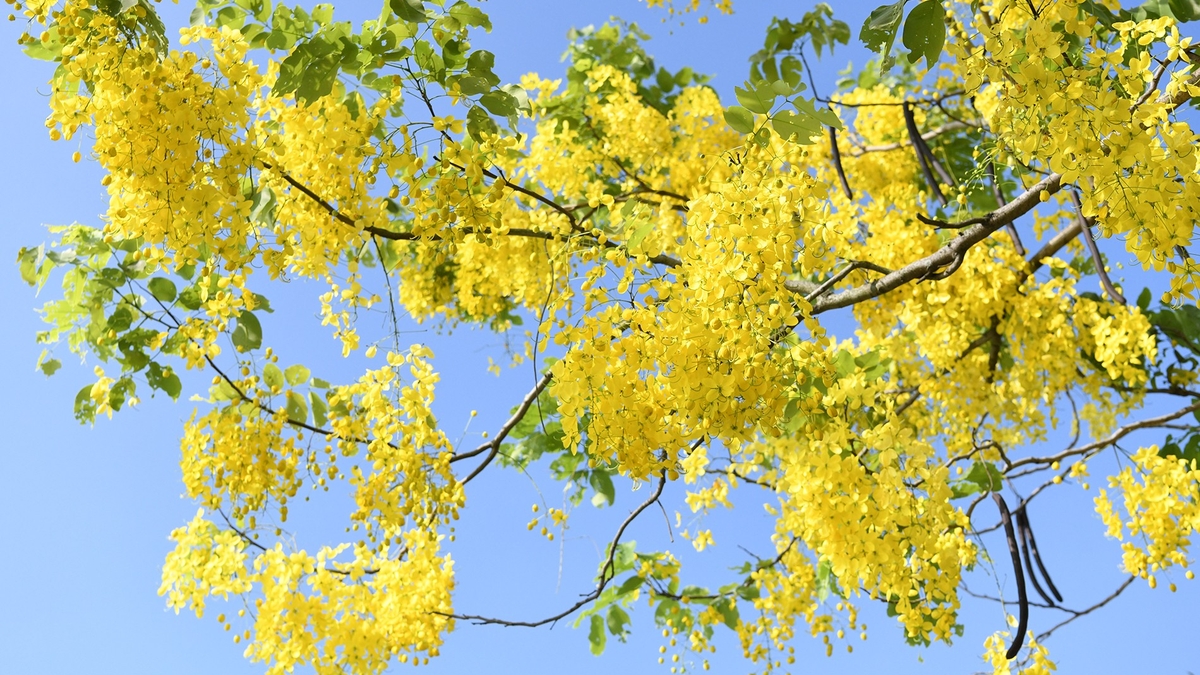
![[Photo] Prime Minister Pham Minh Chinh receives a bipartisan delegation of US House of Representatives](https://vphoto.vietnam.vn/thumb/1200x675/vietnam/resource/IMAGE/2025/5/28/468e61546b664d3f98dc75f6a3c2c880)




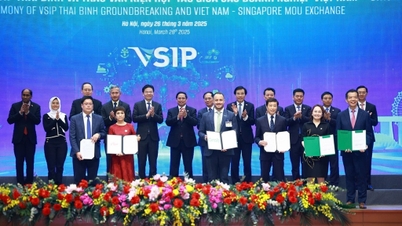

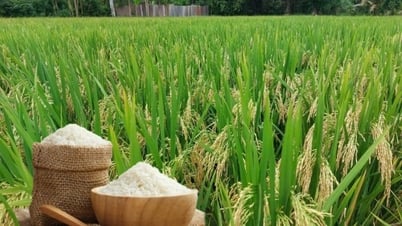

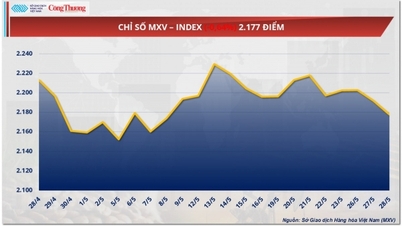
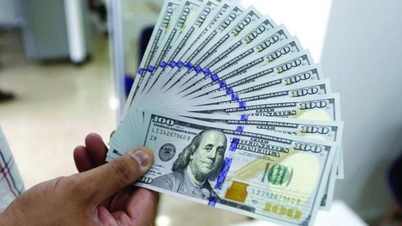









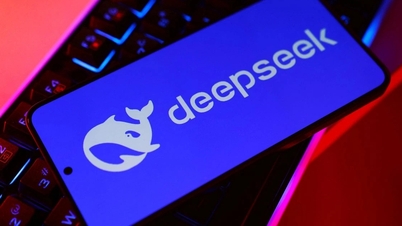
![[Photo] 12th grade students say goodbye at the closing ceremony, preparing to embark on a new journey](https://vphoto.vietnam.vn/thumb/1200x675/vietnam/resource/IMAGE/2025/5/28/42ac3d300d214e7b8db4a03feeed3f6a)





















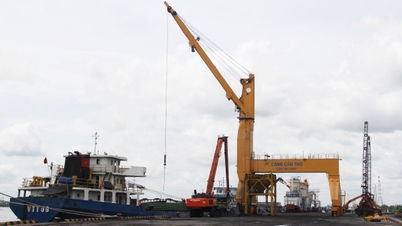


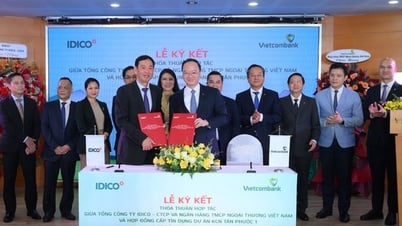







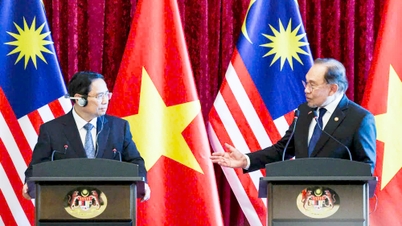
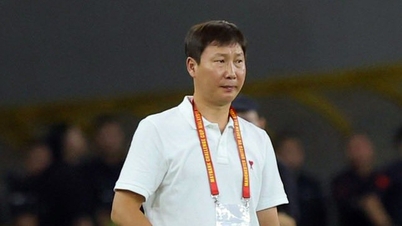
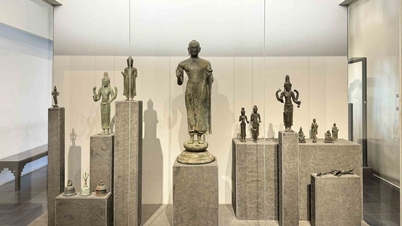
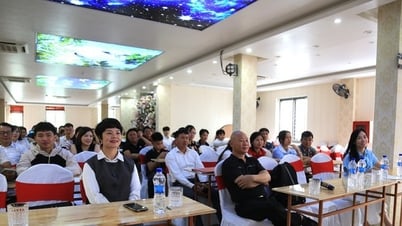
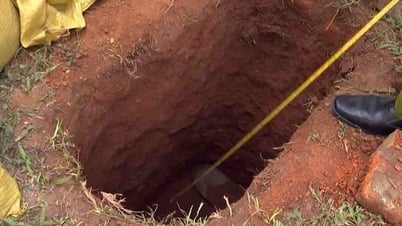
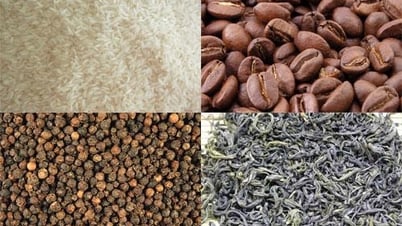


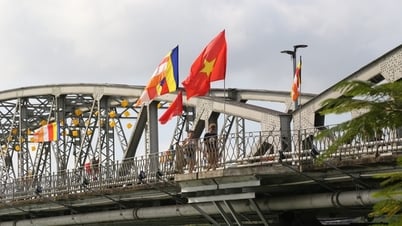
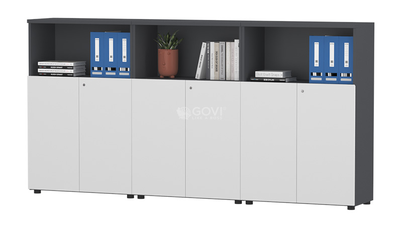

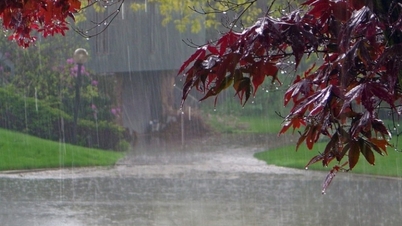



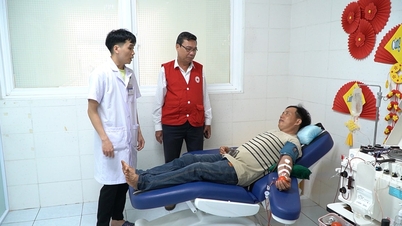

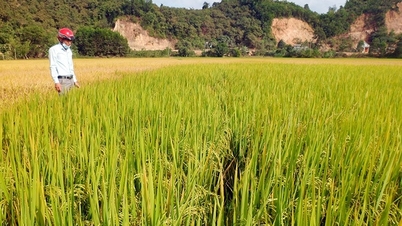

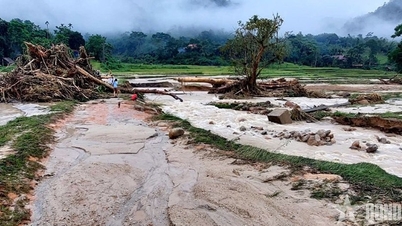










Comment (0)